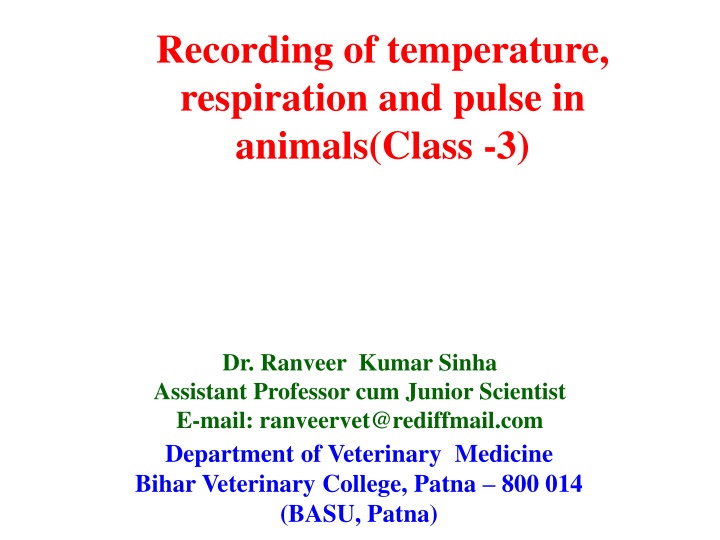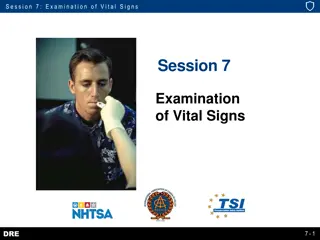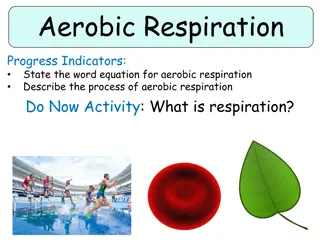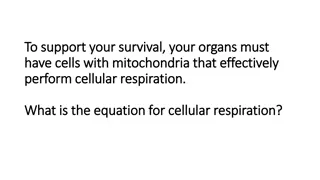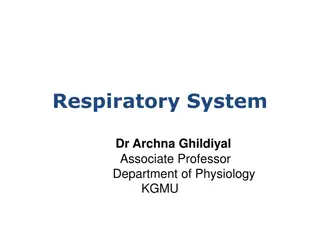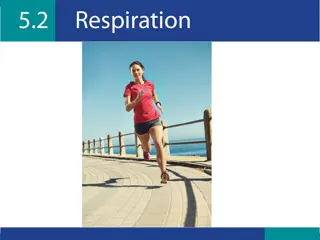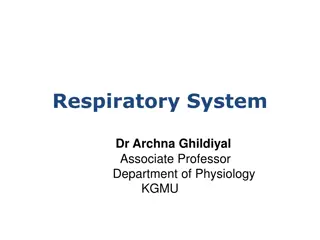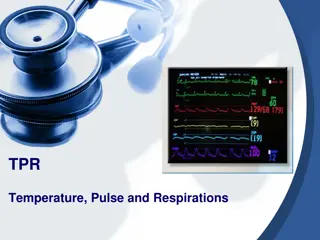Animal Temperature, Respiration, and Pulse Recording Guide
Learn how to record the temperature, respiration, and pulse in animals for diagnosing febrile diseases and monitoring health. Understand the techniques, precautions, factors affecting temperature, and causes of hypothermia in animals. Follow Dr. Ranveer Kumar Sinha's comprehensive instructions to ensure accurate recordings and animal well-being.
Download Presentation

Please find below an Image/Link to download the presentation.
The content on the website is provided AS IS for your information and personal use only. It may not be sold, licensed, or shared on other websites without obtaining consent from the author.If you encounter any issues during the download, it is possible that the publisher has removed the file from their server.
You are allowed to download the files provided on this website for personal or commercial use, subject to the condition that they are used lawfully. All files are the property of their respective owners.
The content on the website is provided AS IS for your information and personal use only. It may not be sold, licensed, or shared on other websites without obtaining consent from the author.
E N D
Presentation Transcript
Recording of temperature, respiration and pulse in animals(Class -3) Dr. Ranveer Kumar Sinha Assistant Professor cum Junior Scientist E-mail: ranveervet@rediffmail.com Department of Veterinary Medicine Bihar Veterinary College, Patna 800 014 (BASU, Patna)
Temperature Recording of body temp. assist in:- Diagnosis of febrile disease Determine the progress & fate of disease. It is measured directly from rectum. It can also be taken from vagina and in this case we subtract 1oF. It is measured using a mercury blunt-bulb clinical thermometer or a digital thermometer. The range of most thermometers is 94-110 F
Continue---- Technique: Clean thermometer with antiseptic sol. Shake thermometer to descend mercuric column Bulb of thermometer must be lubricated Thermometer will be inserted directly into the rectum by circular movement and the bulb must touch rectal mucosa Wait for 2-3 minutes and the pull the thermometer Clean the thermometer with cotton and then read the temperature
Precaution during recording of tem. Animal should be give rest for at least 0.5 hr. Not give hot or cool water prior to recording of tem. Animal should not be excited or frightened. Bulb of thermometer must touch the rectal mucosa.
Factors affecting temperature of animal Factors affect normal temperature of animal I- Pregnancy Rise of Tem. Toward end of gestation, where in bitches there is decrease in body tem. Just before whelping. II- Age III- During day Tem. at evening is higher than morning IV- Exercise V - Estrus
Hypothermia Subnormal body temperature (hypothermia) is due to: I- Non-pathological causes: 1- Faulty technique (bulb not in contact with rectal mucosa) 2-Administration of cold enemas II- Pathological causes: 1- Malnutrition 2- Acute ruminal impaction of cattle 3- Hypocalcaemia 4- Hypothyroidism 5- Hemorrhage 6- Anemia 7- Shock 8- Fatal disease just before death
Contnue--- False hypothermia is due to: 1- Acute enteritis follwowed by diarrhoea 2- Rectal anema 3- rectal sphincter prolapse True hypothermia is due to: 1- Old age 2- Emaciation 3- Shock 4- Hypocalcaemia 5- acute ruminal impaction 6- Before death except in case of tetanus
Hyperthermia Hyperthermia means an increased body temperature Causes: I- Physical: The increment of heat absorption (gaining) and decrement of heat losses Predisposing factors: 1- Humidity 2- Fatness 3- Thick hair 4- Bad ventilation in small area 5-Dehydration
Fever It is stage where hyperthermia is combined with toxemia Causes of fever: I- Specific factors : bacteria, viruses, fungi, protozoa etc. II- Non-specific factors:- indigenous proteins and different substances which lead to necrosis
Pulse Examination of pulse, heart gives an idea about health of animal. Pulsation can be measured by palpation of different arteries in different animals
Pulse I- In horse: 1- external maxillary artery (behind the edge of mandible at median site of middle area accompanied with it s vein). It is an extension of facial artery 2- Transverse facial artery: posterior to zygomatic process in mid distance between ear and eye bases 3- Median artery: beneath superficial pectoral muscles in the upper end of front limb 4- Great metatarsal artery: laterally to metatarsus in the grove between great and minor metatarsus
Pulse II- In cows: 1- External maxillary: in the lateral site of the mandible 2- Transverse facial artery 3- Median artery 4- Ventral coccygeal artery: 10 Cm from anus III- In dogs, cats, calves, sheep and goats: 1- Femoral artery: upper and median to femur
Pulse If we found difficulties in measuring pulse ( i.e. Muscles tremors, fat) we use stethoscope to measure heart rate , we count pulse for 30 sec and multiply by 2 or better for one min. we put the artery between 3rd and 4th finger grooves ,use hand palm and feel with fingerand we don t press We detect different aspects of pulse examination which are: Rate, Rhythm and quality
